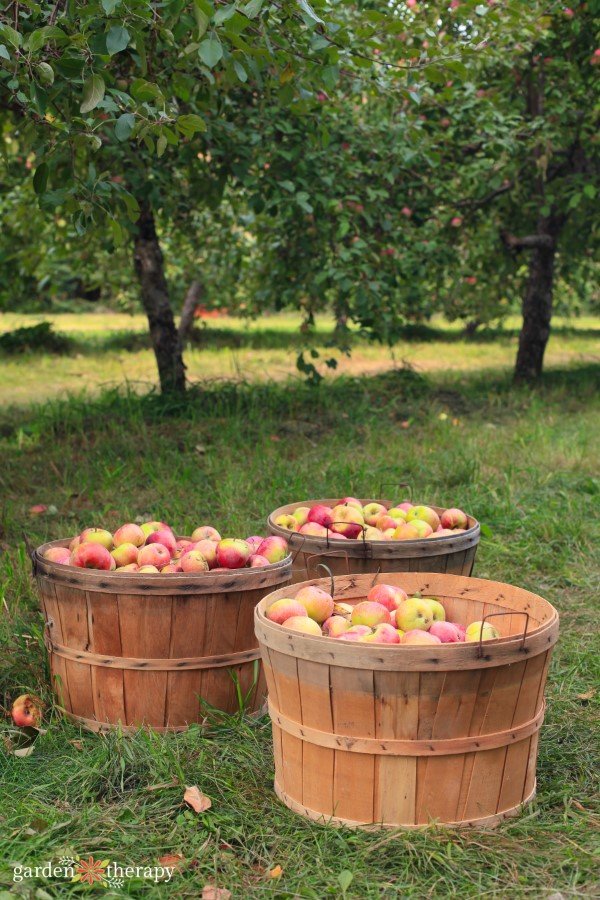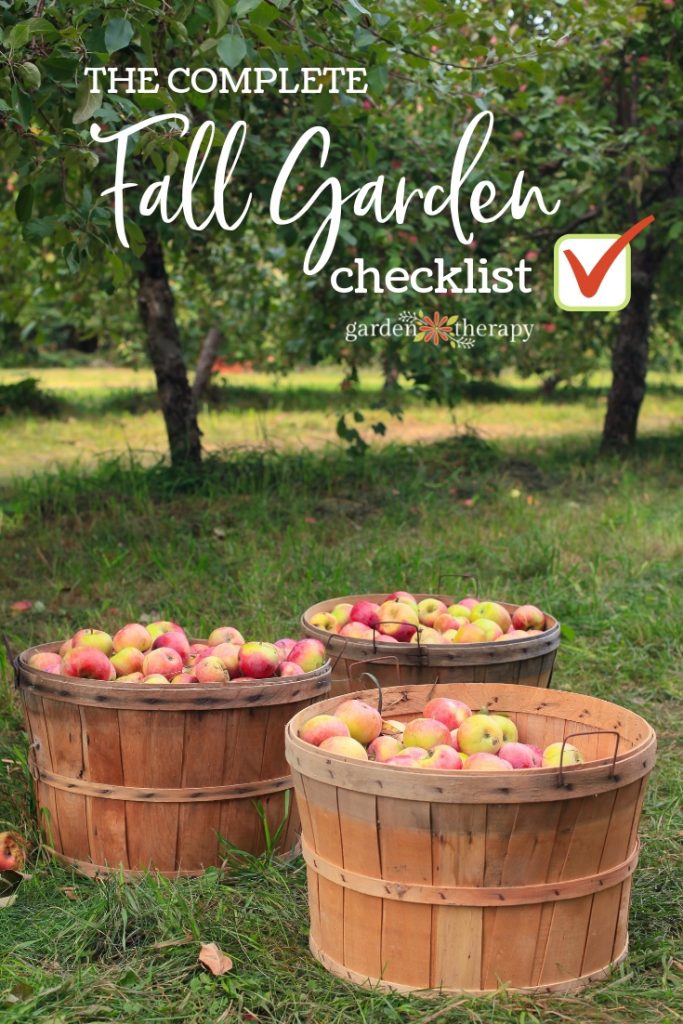After a busy summer season of growing and producing, the garden needs some attention in the fall to maintain its beauty and health. There are a few simple fall gardening tasks that can make all the difference. Read on to see how I work the fall garden, building structure and health as a foundation for the next season.

Now that the temperature is getting cooler and the sunlight hours are shorter, it’s time to start your fall garden preparation. Many gardeners do all the heavy lifting to prepare a garden in spring, but planning and gardening in the fall are not only good for your garden, but they’re also economical!
I’ve written a lot on fall gardening, so I decided to put it all together into one convenient resource guide so that you can have all of my advice for the season at your fingertips. This fall garden checklist is a handy guide to help you wrap up your garden for winter and get ready for next year.
Your checklist includes:
Leaving parts of your garden alone is a beneficial thing to do! Let leaves go yellow and seed heads harden. By leaving plenty of healthy plant material in your garden, you help to feed garden wildlife over the winter months.
Native insects will hibernate in the leaves or leave behind eggs to hatch come spring. And when those insects emerge with warming weather, the newly returned birds will have something to munch on!
Plants naturally drop their leaves to feed the roots as they decompose. Be sure to leave some of the leaves on the soil until spring so the plants can get their nutrient boost. Seeds left in the garden provide food for birds, so allow some to drop and stay.
Beautiful seed heads (like alliums) also add winter interest, and you will be grateful to have not cut everything back to the ground.
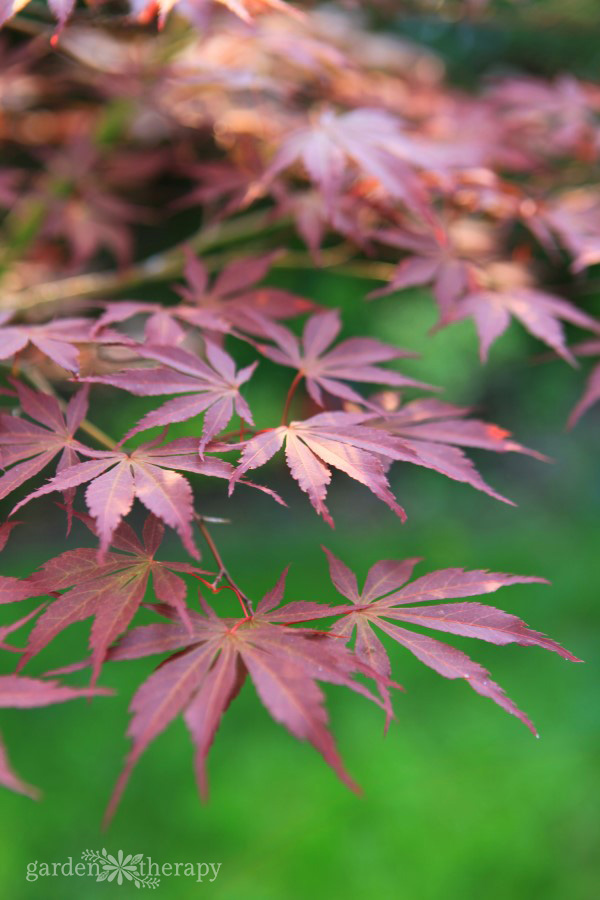

Mulching in the fall creates a warm blanket on the top of the soil that slowly breaks down into humus that will feed the soil.
If you have deciduous trees on your property, mulching is easy. Let the leaves fall on the garden and leave them there as mulch. You could also mulch leaves with a lawnmower or leaf vacuum, and spread the chopped-up leaves on the soil.
In the spring, the mulched leaves can be left in place when you add a layer of compost or topsoil. They will continue to feed the soil as they break down.
Remove Diseased Material
It’s good practice to remove any diseased plant material or fallen fruit to stop the spread of pests and disease in the following year.
This job should really be done throughout the year, but in the fall it is especially important to remove anything that would like to overwinter in your garden and can cause you problems in the spring.
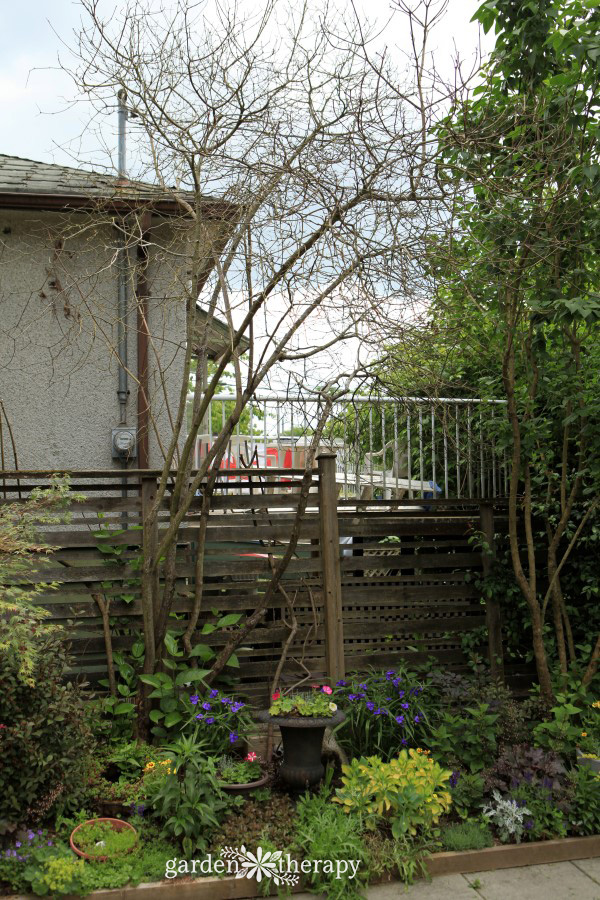

Plant Spring Bulbs
To get a bright burst of colour come spring, you’ll need to put in some work during the fall! Many of your favourite spring flowers, such as tulips, daffodils, hyacinths, alliums, and crocus, all need to be planted in the fall to get that cold burst.
Shop catalogues or visit your garden stores to find the bulbs that you want to plant in your garden next spring. Here are some ideas of bulbs and locations to plant them that might be helpful:
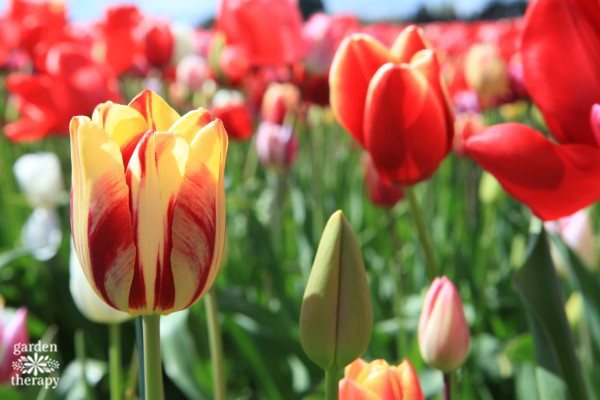

Grow Fall and Winter Vegetables
Vegetable gardening doesn’t have to end in the fall. If you didn’t get as large a harvest as you were hoping, there are some super speedy and frost-hardy vegetables out there that can grow before the winter chill sets in.
Here are some resources on fall garden plants and last-minute vegetables you can grow in the fall, as well as overwintering favourites like garlic and broad beans.
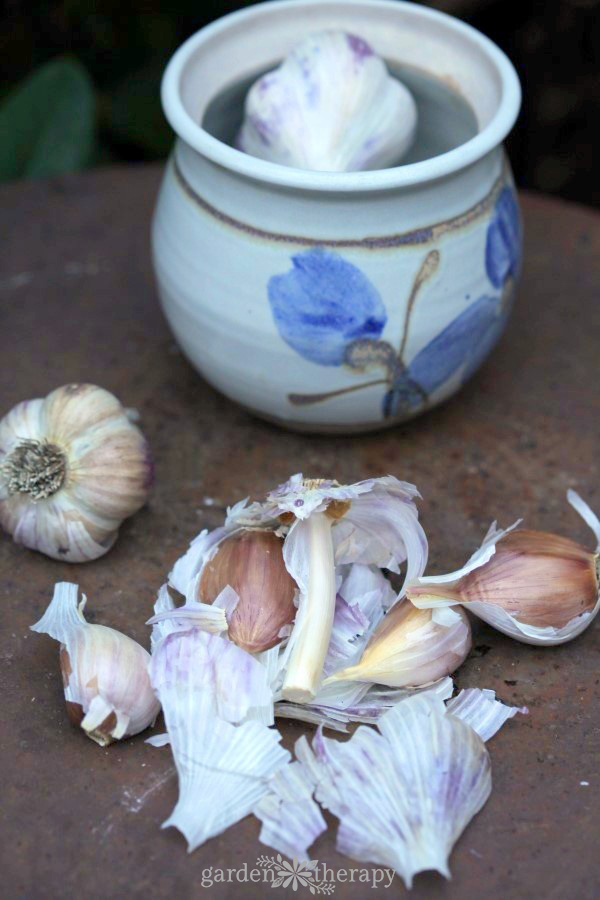

Harvest
Possibly the most exciting garden task in the fall is harvesting. With armloads of fresh flowers and baskets of produce everywhere, you are set to the task of reaping what you have sown back at the beginning of the gardening year.
Celebrate your success and then get down to the business of harvesting and preserving herbs, vegetables, and flowers.
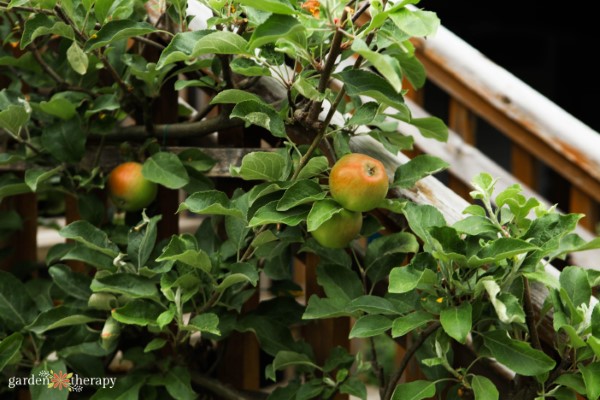

Save the Seeds
As your plants go to seed, it’s time to collect them! Take a look at your favourite flowers and vegetables from the season and see what you would like to include in next year’s garden.
Collect only seeds from the strongest, high-yielding plants so next year’s garden is even better than this one.
Try to collect some extra seeds to share with friends, family, and through your neighbourhood seed library. See how to in these articles on seed collecting:
And here are some free printable envelopes for your seeds (including an adorable Valentine):
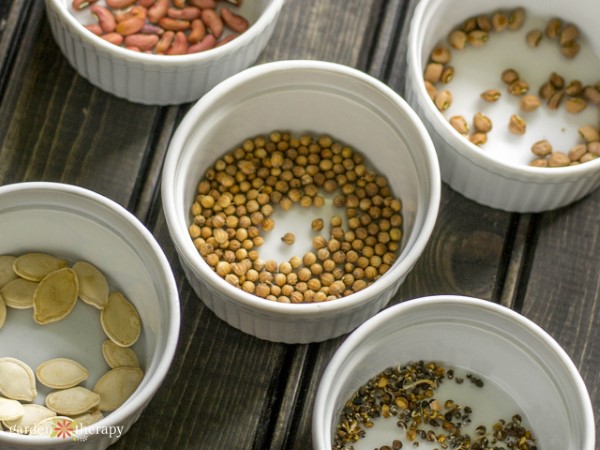

Preserve the Ornamental Garden
If you’re anything like me, you’ll need a stash of natural crafting supplies to last you through the winter. From creating natural beauty recipes to infusing natural elements throughout the home, I make sure to browse my garden for supplies.
Preserve flowers, leaves, and seed pods for crafting so you will have all the materials to make handmade gifts, wreaths, or home and garden decor.
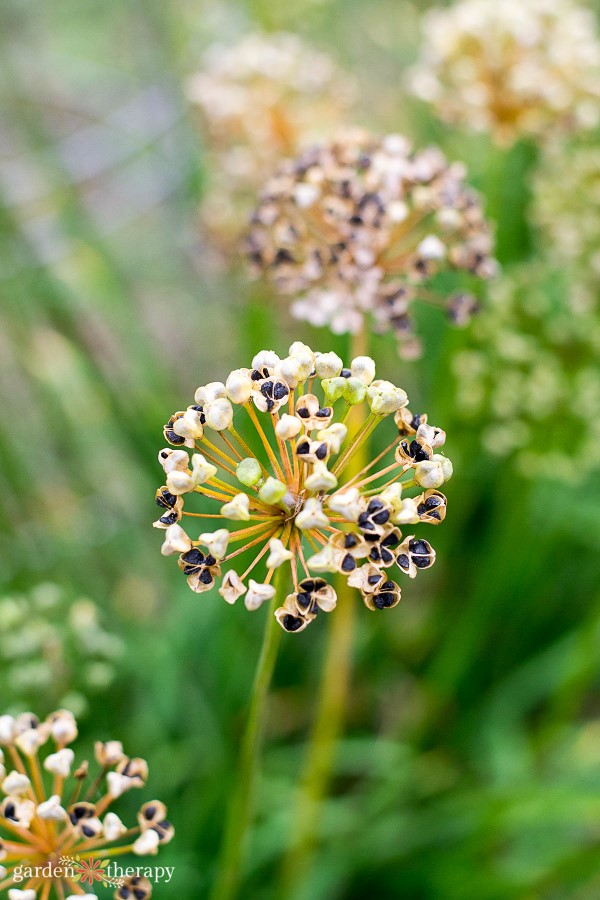

Plant Your Shrubs
Fall means it is time to plant shrubs and evergreens. The best time of year for planting is when the warm soil and cold air help to develop a strong enough root system so that they can get through the winter in their new homes.
When spring comes, the plant will be ready to send out new growth and blooms. Check out this list of 10 Hardy Shrubs You Can’t Kill.
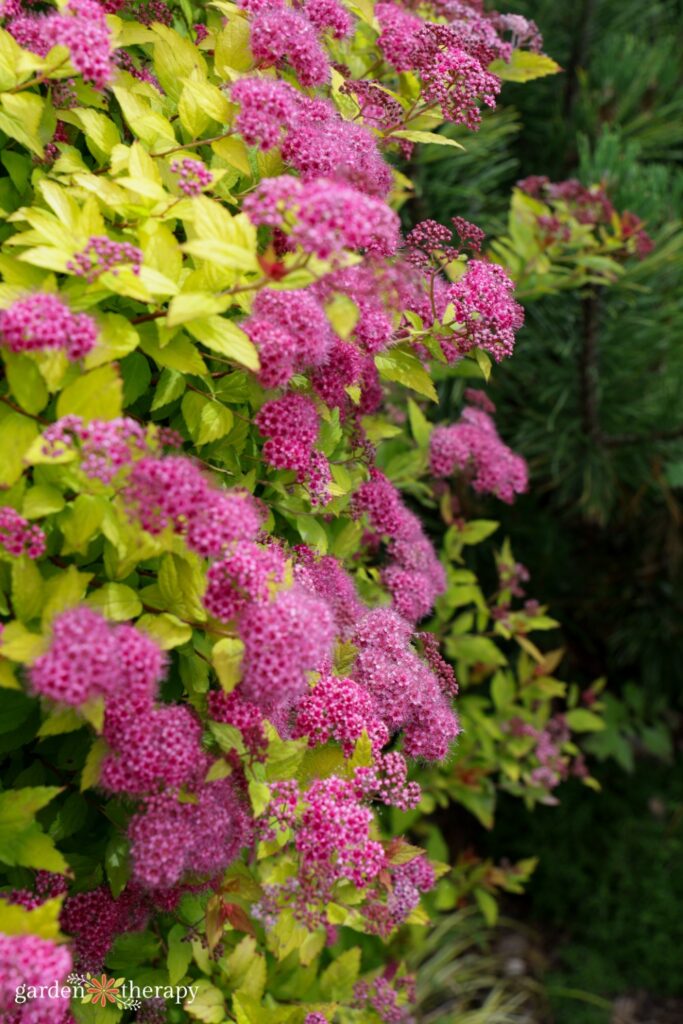

Amend Soil
The garden has been working hard all summer to produce and has drawn a lot of nutrition from the soil to make those gorgeous blooms and tasty fruit. Give some of that nutrition back by amending garden soil in the fall.
Make your own compost at home using a compost bin to turn leaves, food scraps, and more into a soil amendment. Spread the compost around the garden and scratch it into the top 1”-2” of soil. From there, it will do the hard work for you.
Fall is the perfect time to amend your soil. You can scratch in an inch of compost everywhere, or brew some of your own compost tea. Plenty more details in these articles:
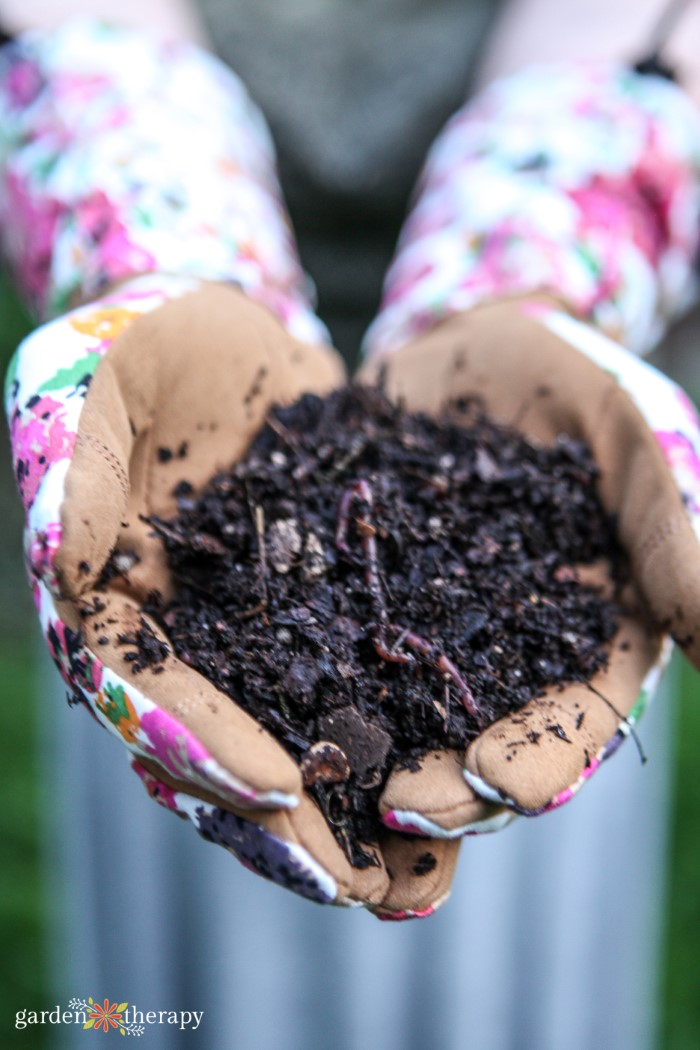

Fall Lawn Care
Take care of your lawn. If you think of what the natural life cycle is of grass—without us mowing it—the plants would have flowered, set seed, and dropped the seeds to the ground in order to supply new growth for the following year
As you have likely been mowing your lawn instead of letting it grow long and go to seed, it needs your help in order to continue filling in and replacing old plants.
In the fall, you should spread seeds over the lawn with a light dusting of soil over top. For more about how to care for your lawn, please see the organic guide to lawn care.
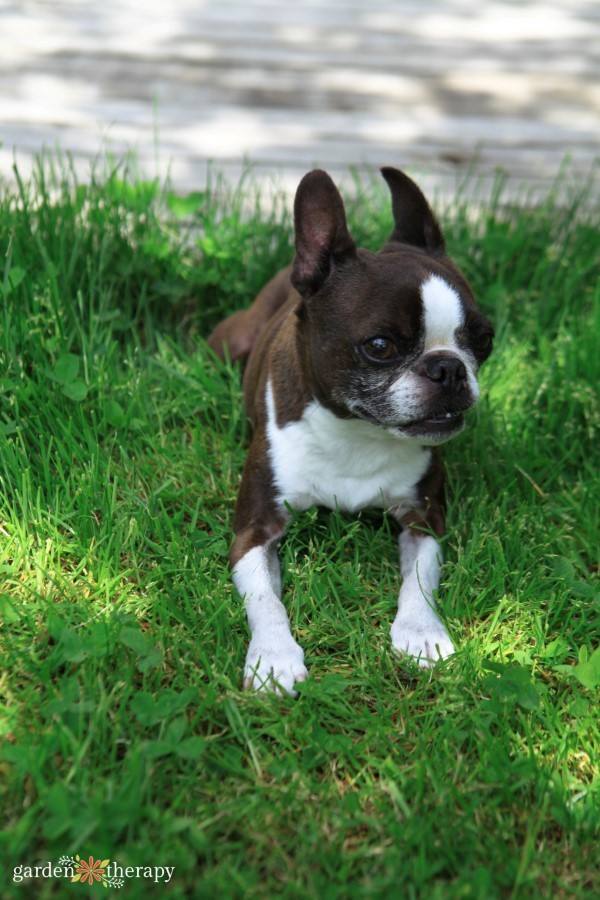

Plan Your Garden (on a Budget)
It’s never too late to start your fall garden! Another way to build your garden economically is to shop for new plants in the fall.
Many of the garden centres will be closing their doors for the year, or at least moving out the warm-season stock. They don’t want to spend the time and effort taking care of the plants until next spring, so all fall garden plants will be heavily discounted.
Even better news is that fall is the perfect time to plant perennials, evergreens, trees, and shrubs! Read more about that here: Fall Perennial Gardening: Garden Design on a Budget
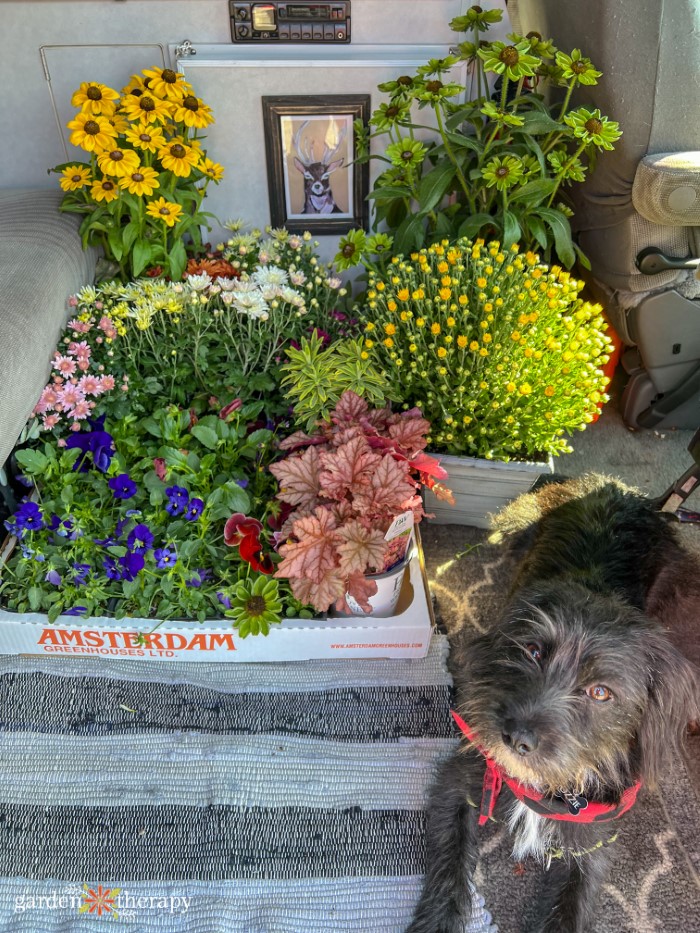

Divide Perennials
One of the ways to save money in the garden is to get your plants for free! Dividing perennials increases your plant stock but also helps them to fill in, improve blooming, and avoid overcrowding. For the healthiest perennials, dividing them in the fall is an essential fall task.
Not all perennials need to be cut back, but take stock of those that are looking overcrowded or too large for the space. Many perennials thrive by being divided, especially if they are crowded.
To divide perennials, dig up the plant and all of its roots. Then, gently shake the soil from the roots and look for where the plant can easily be split into divisions. Plant those around your garden in the fall, and they will look gorgeous next year.
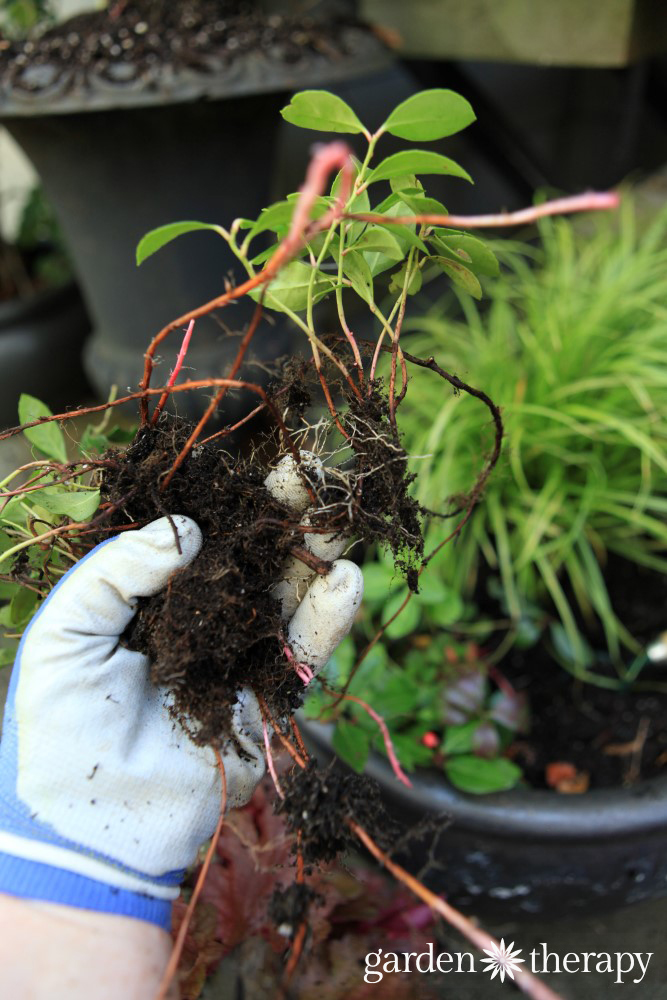

Move Tender Plants Inside
If you have any special plants that aren’t the right hardiness for your zone, now is the time to move them inside to a garage, greenhouse, or inside the house. Personally, I like to bring some of my herbs and succulents inside!
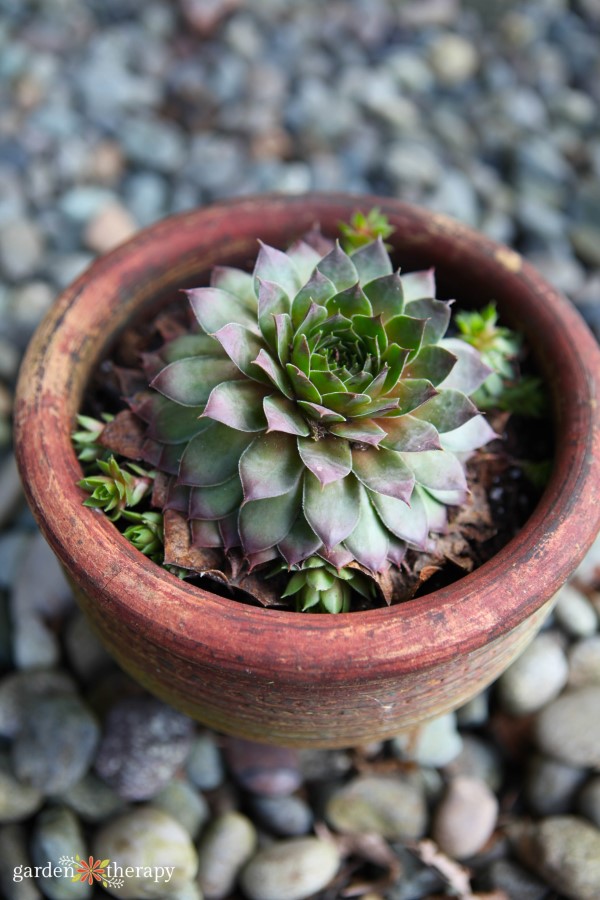

Fall is a great time to give your garden tools a good scrubbing. Wash hand tools like trowels and rakes with soapy water and a scouring sponge. Use a power washer to get large tools really clean. And take good care of your pruners with these tips to clean and sharpen pruners.
You will also want to wrap up your garden hose, making sure to fully drain it of any water before curling it up. Take a look through your garden and make sure you bring in any tools that may have been left out for the summer.
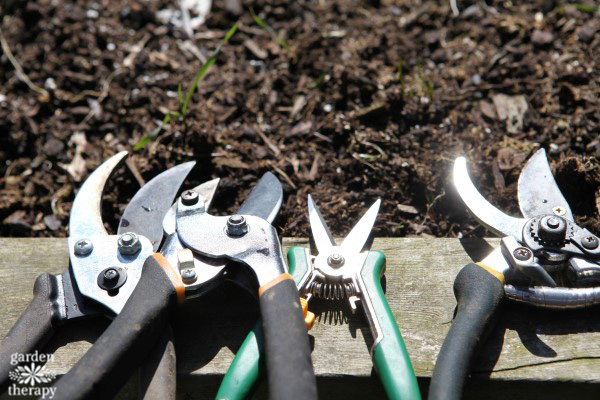

Winterize your Water Feature
Don’t forget the water! Your fountain or pond will need some fall care as well, and you can see how to do in this guide. Some places may also want to consider turning off water to their outdoor faucets to prevent potential freezing.
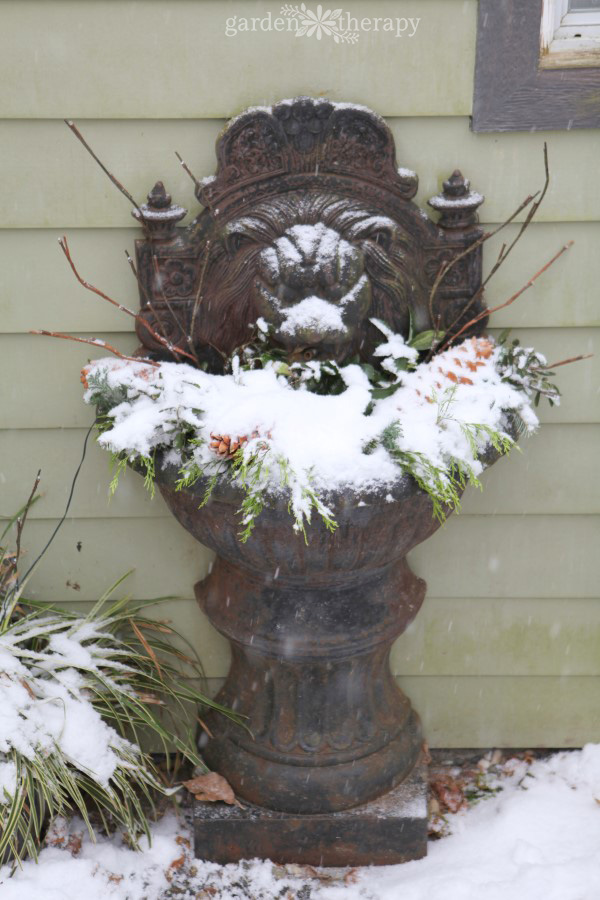

Free Fall Garden Checklist Printable
Whew! There you have it! A whole lot of tips and tasks for gardening in the fall for a gorgeous backyard. Did I miss something or do you have a question about your garden specifically? Leave me a comment and I’ll do my best to get you some answers!
In the meantime, if you’d like a FREE printable of the fall garden checklist, click the download button below.
Download the Fall Garden Checklist Printable
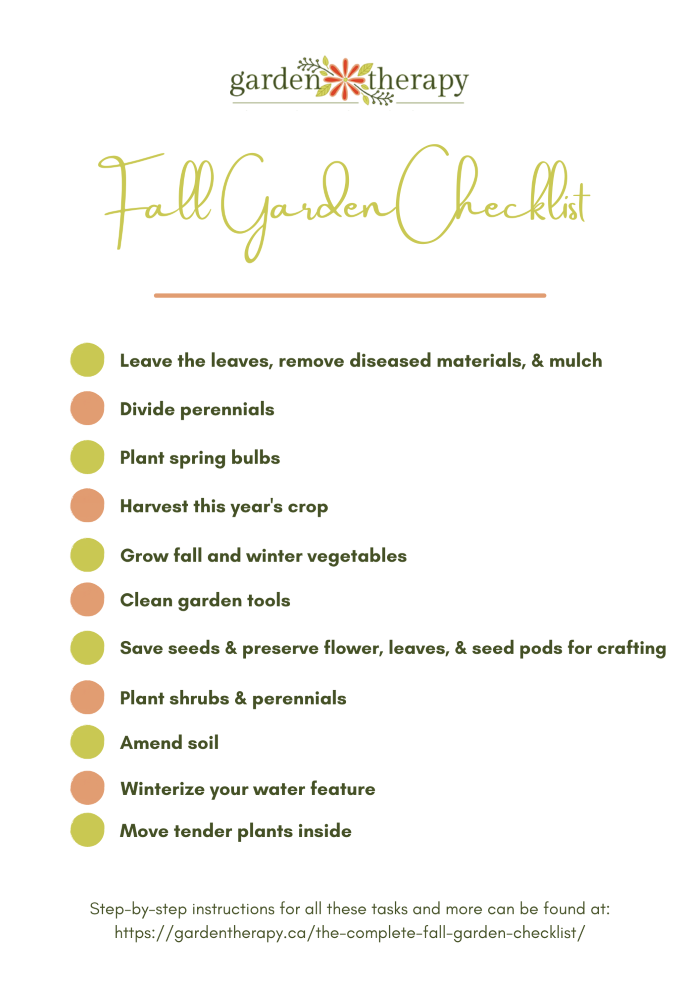

More Fall Gardening Tips
A city girl who learned to garden and it changed everything. Author, artist, Master Gardener. Better living through plants.

